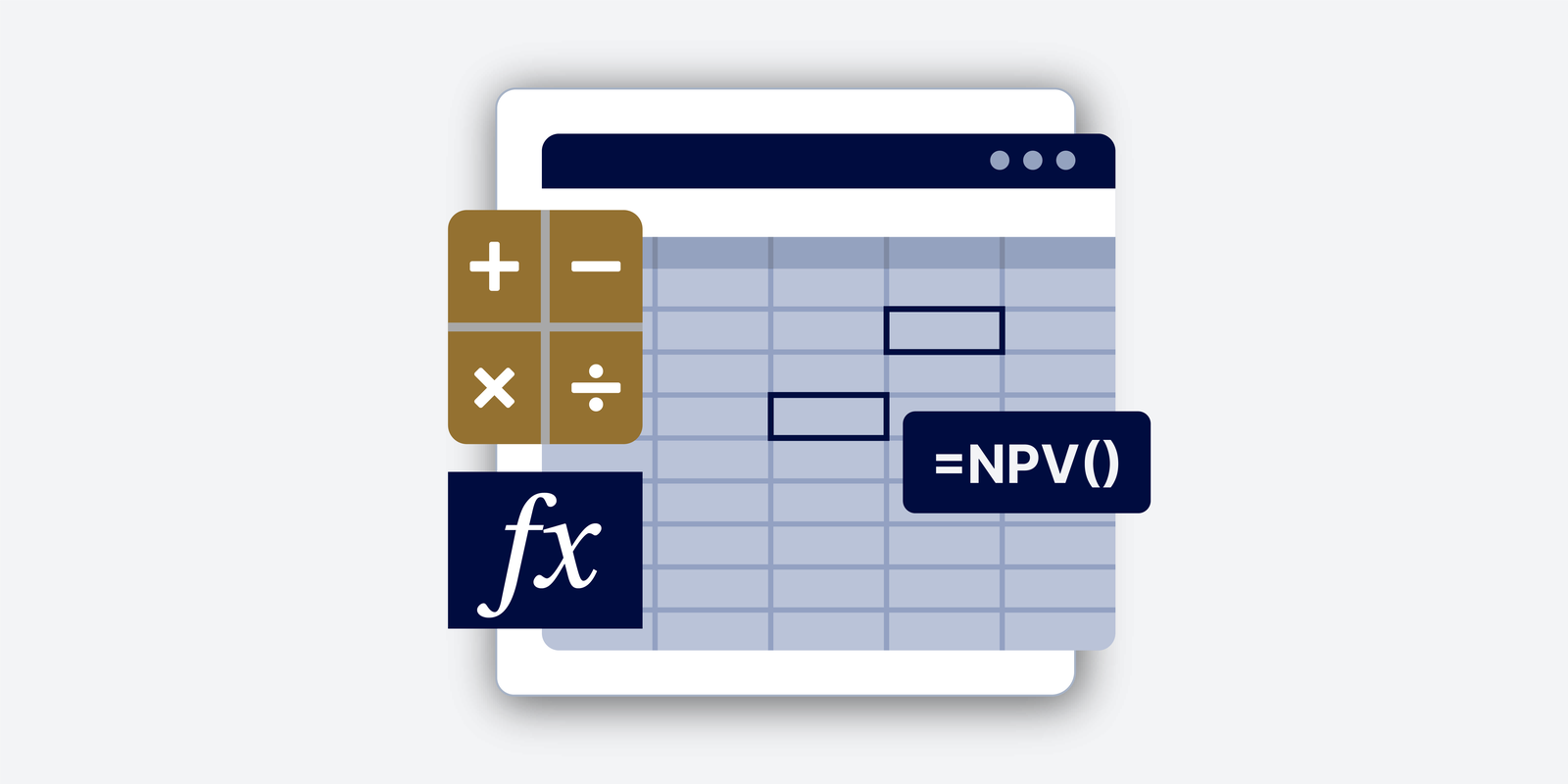Non-Elective Contribution
What is a Non-Elective Contribution? A non-elective contribution is a fully-vested payment made by an employer to an employee-sponsored retirement plan, regardless of whether the employee makes an elective deferral. The contributions are not deducted from the employee’s monthly income but are paid directly by the employer. Non-elective contributions differ from matching contributions,…





